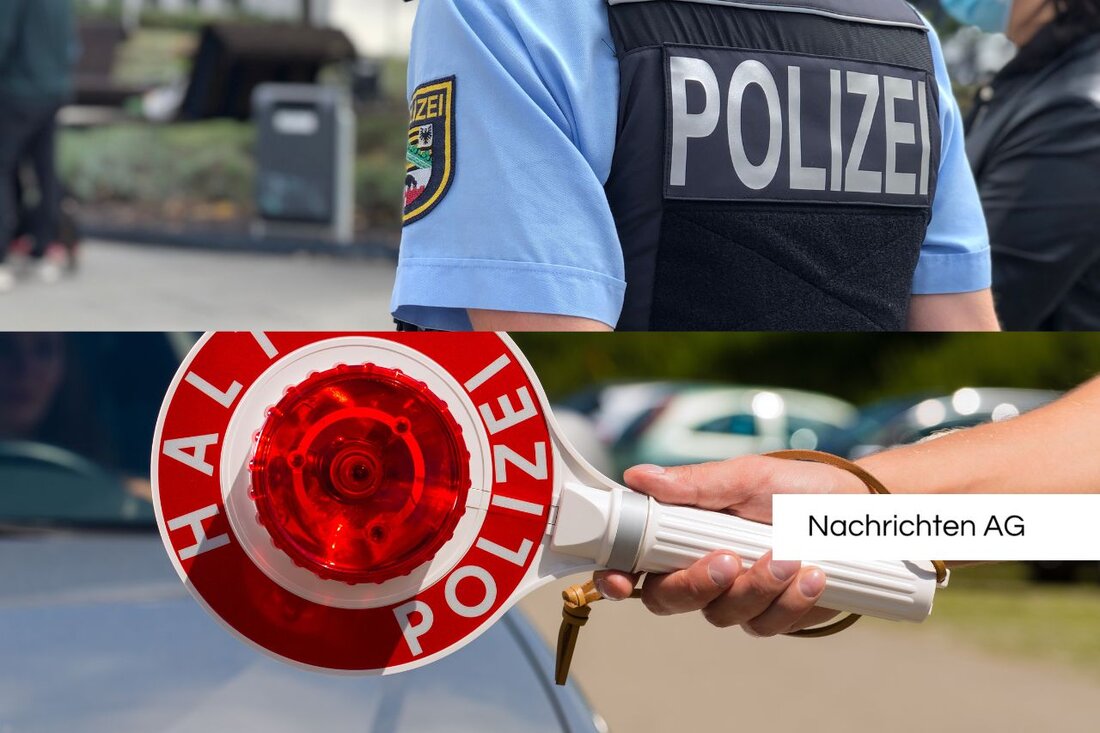Raccoons on the rise: Hunters under pressure in Swabia!
The raccoon population in the Rems-Murr district is increasing alarmingly. Hunters report on catches and the necessary species protection.

Raccoons on the rise: Hunters under pressure in Swabia!
In the morning, Thomas Müller sets out to check his live trap for raccoons. He set the trap at the “pass”, a popular passage point for the smaller robbers. Müller's system is innovative: the trap works with a rocker and sends him a message via SMS as soon as a raccoon is caught. But the hunter has a lot to do because the raccoon population is growing rapidly and is affecting an entire state.
The number of raccoons shot has increased enormously in Baden-Württemberg: 6,322 animals were shot in the 2022/2023 hunting season, and 9,174 in 2023/2024. Raccoons are most frequently shot in the Ostalbkreis (2,221), Rems-Murr-Kreis (1,441) and Schwäbisch Hall (1,798). “The exact number of raccoons here in the country is unknown, estimates vary,” reports Müller, who also takes the hunter’s responsibility seriously. “I even see my work as species protection, because raccoons also threaten native animal species.”
Political debates and closed periods
Speaking of responsibility: In connection with the rapidly growing raccoon population, the Ministry of Agriculture is working on a possible lifting of the closed season from July 1st to February 15th. Many hunters support this and demand year-round hunting opportunities, but with the protection of mother animals in mind. Wildlife biologist Norbert Peter emphasizes that complete eradication of raccoons is not possible, which is further fueling the debate about the best possible way to deal with the invasive species.
A comprehensive survey commissioned by the German Hunting Association (DJV) shows how the raccoon population is developing in Germany. According to data from 2023, 69 percent of hunting areas reported the presence of these animals - a remarkable increase of almost 75 percent since 2011. The spread is particularly noticeable in the federal states of Brandenburg, Hesse, Mecklenburg-Western Pomerania and Saxony-Anhalt, where over 90 percent of the areas report raccoons.
Dissemination and control
But what does this have to do with our region? The raccoons are also spreading in Baden-Württemberg and are recording a dynamic population development there. “From 2011 to 2023, the proportion of territories reporting raccoons rose from 14 to 51 percent,” explained the DJV. The popularity of live traps has increased, with about 40 percent of raccoons killed being caught this way. Monitoring these animals is crucial: raccoons are not only a challenge to nature, they can also cause significant economic damage. Estimates show that invasive species like the raccoon are endangering biodiversity worldwide and causing enormous costs.
Research at Goethe University Frankfurt has examined the distribution patterns of raccoons in Germany and Europe in detail. Historical data shows that raccoons originated in North America and have since become resident here through human activity. A stable population has established itself in northern Hesse and Brandenburg, for example.
When Müller finally takes his captured raccoons to be disposed of, he and his colleagues remain aware of their responsibility: "It's about creating a balance and at the same time protecting the native species." When asked what the status of the raccoon population is, he would like a clear answer, but the natural dynamics of these animals are unpredictable. The problem remains decidedly relevant.

 Suche
Suche
 Mein Konto
Mein Konto